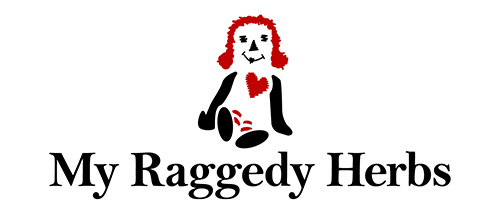
Gardening is my unexplainable passion. The wonder, the progress, the miracle, the frustrations, the mystery, the weather, the diversity, the food, the work, the simplicity. It speaks to me on many levels and challenges me to always continue learning and improving.
Herb gardening is especially fascinating. There are hundreds of herbs and I’m sure that you hold your own secrets to how to grow them best. However, if you are in need of any new ideas over the next few weeks I’m going to share with you a few of mine.
Just as it is when growing ornamentals or vegetables, the variety of herbs that you select matters. The variety will make a difference on how successful you will be growing a particular herb and how pleased you will be with using it. There is not nearly enough time or space to cover all of the herbs, so in this series, I will touch on a few that seem to be favorites of Oklahoma gardeners.
Basil—There are many varieties of basil. Try them all! The ones that I tend to use the most in my kitchen are Genovese, Sweet and Greek Dwarf. If you stay on top of pinching off the blooms, the foliage will be fuller. Basil is heat loving and is the most cold-tender of all of the annuals. If temps fall into the 40s, it will probably suffer. It can be easily tucked in pots and containers with other plants and is a necessity for pesto and pizza. It’s a staple in our gardens. If you try growing the purple basil, remember that direct sun makes it greener, but areas with a little shade allow it to stay purple.
Mint—There are so many mints! They are invasive, perennials but are well worth creating a space for. We grow many varieties, but some of my favorites are Kentucky Colonel Spearmint, Chocolate Mint and true Peppermint. They need plenty of sun but also appreciate a little shade or dappled light when the temperatures get really hot. Mints like to be watered frequently. They do need the opportunity to go dormant during the winter and come back strong in the spring, so bringing them in to “protect” them during the cold months is not necessarily in their best interest.
Oregano—My favorite is Greek Oregano. It is a hardy perennial and smells amazing! This is the variety that is commonly used in Italian and Mexican cuisine, so we Okies love it. It is invasive but at a slow rate, so it won’t take over an area while you’re sleeping. With some light mulching it overwinters well. It’s actually so easy to grow in Zone 7 that if you do kill it, don’t admit it. Just replace it and try again because that’s the same as admitting you can’t grow weeds! If you are new to herb gardening this is a great one to start with.
Sage—Common garden sage is a woody perennial. Many people only think about using sage in their Thanksgiving dressing, but we love its strong menthol smell and taste and use it regularly in our fresh herbal teas and homemade soups. We’ve tried Bergartten Sage over the years but have learned that if you dry it that it doesn’t retain its potency for very long, so even though its round shaped leaves are beautiful, it’s not for us.
My grandma used to tell me, “Be sure to plant a new sage bush every third year, so when the one you have becomes woody and less productive you will have a new one coming on.” I do this, and I always have plenty of sage! It’s heat-loving and can tolerate our wind better than some herbs. It does not like to sit in wet, soggy soil. Common garden sage blooms in a lovely purple hue and attracts pollinators.
“And God said, Behold, I have given you every herb bearing seed, which is upon the face of all the earth, and every tree, in the which is the fruit of a tree yielding seed. . .” (Gen. 1:29). Don’t forget the origin of these amazing plants. What a special gift God gave us when He blessed us with herbs.

